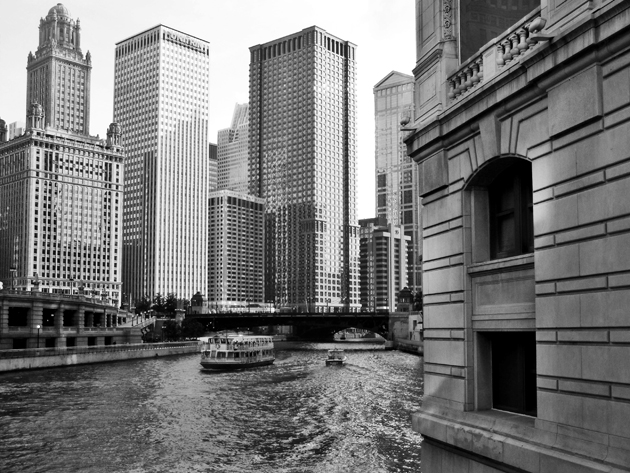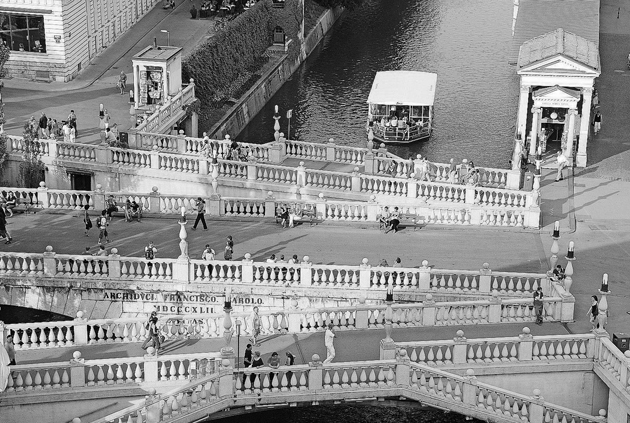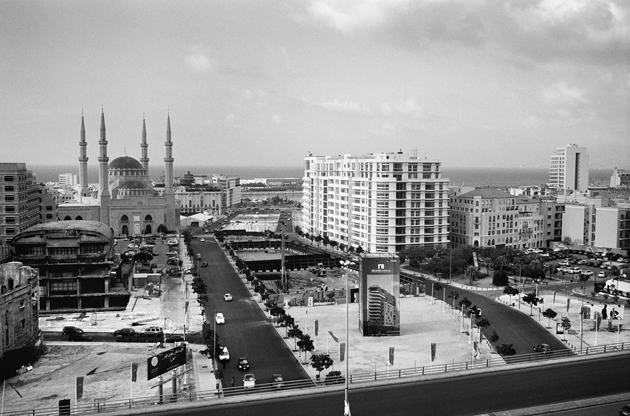If your plans do not include burning yourself at the beach, you may consider visiting some cities that are not the usual first choices for a cultural summer trip, but unexpectedly beautiful and interesting venues in Europe, the Middle East and in the United States. If you specifically want to keep the beach factor included, in some of them you can surely find also a swimming spot.
Chicago, not NYC
Forget once the heat of New York as a destination for summer and choose the windy Chicago and its architecture. The Illinois State capital is known for its architecture and has long been connected with some of architecture’s most important names: it’s where Frank Lloyd Wright apprenticed, worked and flexed his brilliance and arrogance thanks to his master, Louis Sullivan, where Mies van der Rohe, in exile from Germany, created his later masterpieces. Moreover, the skyscraper was born in Chicago but the city, however, is not only a memory of a past splendor, but also continuing to experiment together with the MIT. Thanks to new enthusiasm and internationally renowned architects and artists a new wave of interest has flown to the city of Illinois — Frank Gehry’s sinuous Millennium Park and Renzo Piano’s Modern Wing for the Art Institute of Chicago are good examples. Happily, Chicago’s buildings aren’t just good for gawking — you can explore them, eat, sleep and play in them.

Unexpected Ljubljana
Ljubljana, the small capital of Slovenia is a gem in the heart of Europe. It was almost entirely conceived and designed by the architect Jože Plečnik and is considered one of the most radical works of art of the twentieth century. Plečnik tried to draw Ljubljana according to the model of ancient Athens and after studying in Vienna with Otto Wagner, in 1921 he returned to his city, where he was offered the role of professor in a newly founded university. He devoted all his creative power to modeling Ljubljana as the new capital of the Slovenes. His style, considered innovative even today, is characterized by classic design elements such as architraves, balustrades, columns and the like, which transformed and combined in their own way. He created a new image for the city, taking into account the aquatic and the terrestrial axis. See the National and University Library, the Triple Bridge, the Shoemaker’s Bridge, the central market, the outdoor theater Križanke, stage of Bezigard, the complex of mortuary chapels of the cemetery Žale and the church of Sv. Mihael on the Ljubljana Marshes. The city and Slovenia in general are experiencing a new creative period and have been also appreciated lately for a new wave of designers and architects in addition to a lively artistic activity also exported abroad.

Beirut’s Second Golden Age
Despite the 15 years of violent civil war that destroyed much of the city, Beirut has regained its original charm and a regionalist identity. Voted the best destination to visit by the New York Times in 2009, and, more recently, by Frommer’s, the city is in the second phase of one of the biggest urban reconstructions and despite the scarred history, there is a clear vision to rehabilitate the city in all its parts. New urban politics have brought international architects like Steven Holl to design the new marina, Herzog & DeMeuron with their project of a residential tower in the heart of the city, Zaha Hadid, and Rafael Moneo to the scene. This new ongoing construction boom is making Beirut’s skyline rising even further from the after war state. In the less internationalized parts of the city sit the landmarks of the 1960s and 1970s, Beirut’s pre-war glory days, including buildings by names such as Alvar Aalto, Victor Gruen, and the Swiss Addor & Julliard. Beirut has been completely transformed after the war and now it’s reviving its golden age, rediscovering the ancient heritage, projecting into the future.


